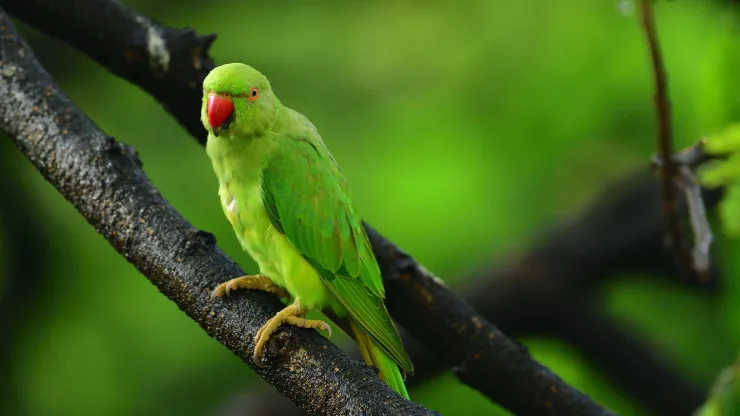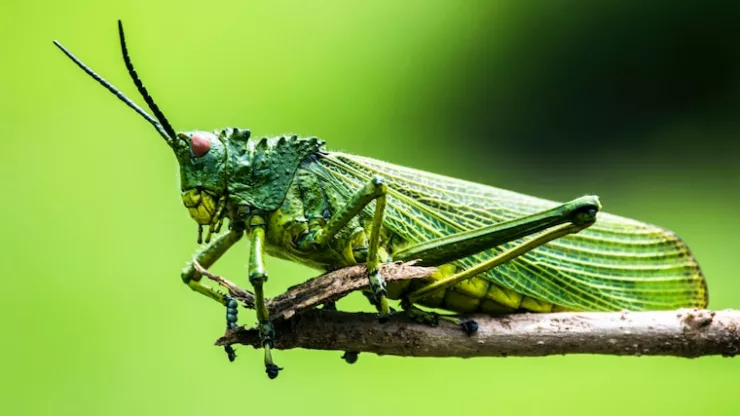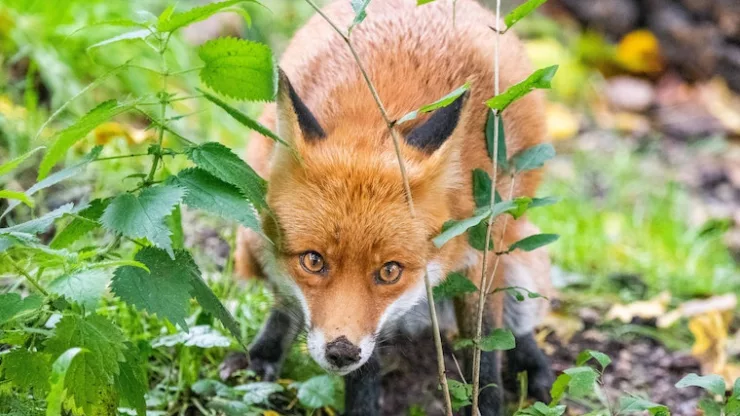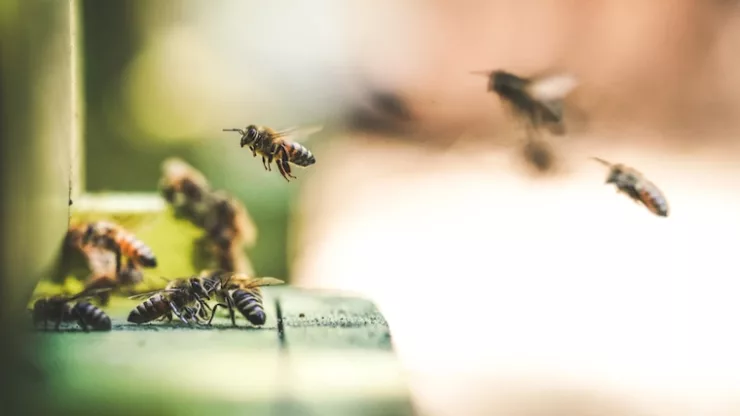Jump to Section
Understanding Wildlife Biologists in Urban Ecosystems
Wildlife biologists play a crucial role in conserving and managing urban ecosystems.
They are responsible for studying and protecting various species of animals that live in urban areas, including birds, mammals, reptiles, and insects.
Urban ecosystems are complex and dynamic, and wildlife biologists need to understand the interactions between different species and their environment to develop effective conservation strategies.
Wildlife biologists in urban ecosystems work closely with communities, government agencies, and other stakeholders to ensure that urban wildlife is protected and managed sustainably.
They use their knowledge of ecology, biology, and conservation to develop policies and guidelines for managing urban wildlife populations, protecting habitats, and reducing human-wildlife conflicts.
The Importance of Urban Wildlife Conservation
Urban wildlife conservation is essential for maintaining healthy and sustainable ecosystems in cities and towns.
Urban areas are home to a diverse range of wildlife, including migratory birds, amphibians, mammals, and insects.
These species play an important role in pollination, pest control, and nutrient cycling, and they provide numerous benefits to humans, such as recreational opportunities and aesthetic value.
However, urbanization and development have resulted in significant habitat loss and fragmentation, which has led to declines in many urban wildlife populations.
Wildlife biologists play a critical role in conserving urban wildlife by studying their behavior, population dynamics, and habitat requirements.
By understanding the needs of urban wildlife, biologists can develop effective conservation strategies that help to protect and enhance urban ecosystems.
Roles and Responsibilities of Wildlife Biologists
The roles and responsibilities of wildlife biologists in urban ecosystems are diverse and multifaceted. Some of their key responsibilities include:
- Conducting research on urban wildlife populations, behavior, and habitat requirements
- Developing and implementing management plans for urban wildlife populations and habitats
- Collaborating with community groups, government agencies, and other stakeholders to promote sustainable urban wildlife management
- Educating the public about urban wildlife and their importance in the ecosystem
- Conducting outreach and engagement activities to build support for urban wildlife conservation
Wildlife biologists also play a vital role in addressing human-wildlife conflicts in urban areas.
They work to develop strategies for reducing conflicts between humans and wildlife, such as designing wildlife-friendly buildings and structures and implementing effective waste management practices.
Developing Sustainable Urban Wildlife Management Strategies
Developing sustainable urban wildlife management strategies is a crucial part of the work of wildlife biologists.
These strategies aim to protect and enhance urban ecosystems while minimizing negative impacts on wildlife and humans.
Some of the key elements of sustainable urban wildlife management include:
- Protecting and enhancing habitats for urban wildlife
- Managing urban wildlife populations in a humane and ethical manner
- Reducing human-wildlife conflicts through education and outreach
- Promoting coexistence between humans and wildlife
- Monitoring and evaluating the effectiveness of management strategies
Effective urban wildlife management requires collaboration and cooperation between different stakeholders, including wildlife biologists, government agencies, community groups, and the public.
By working together, we can develop sustainable urban ecosystems that support healthy and vibrant wildlife populations.
FAQ
What are some common human-wildlife conflicts in urban areas?
Some common human-wildlife conflicts in urban areas include:
- Wildlife entering homes and buildings
- Wildlife raiding garbage cans and dumpsters
- Wildlife causing damage to property and infrastructure
- Wildlife posing a health and safety risk to humans and pets
- Wildlife interfering with human activities and recreation
What are some strategies for reducing human-wildlife conflicts in urban areas?
Some strategies for reducing human-wildlife conflicts in urban areas include:
- Designing wildlife-friendly buildings and structures
- Implementing effective waste management practices
- Educating the public about wildlife behavior and how to coexist with wildlife
- Encouraging the use of non-lethal wildlife management techniques, such as habitat modification and deterrents
- Developing policies and guidelines for managing urban wildlife populations and habitats.
I’m a nature enthusiast and creator of Metro Wilds and have spent years exploring the great outdoors.
With a passion for environmental conservation and sustainability, I have dedicated my career to writing about the beauty and wonders of nature, as well as the threats facing our planet.
Contact me at [email protected] for assistance.





